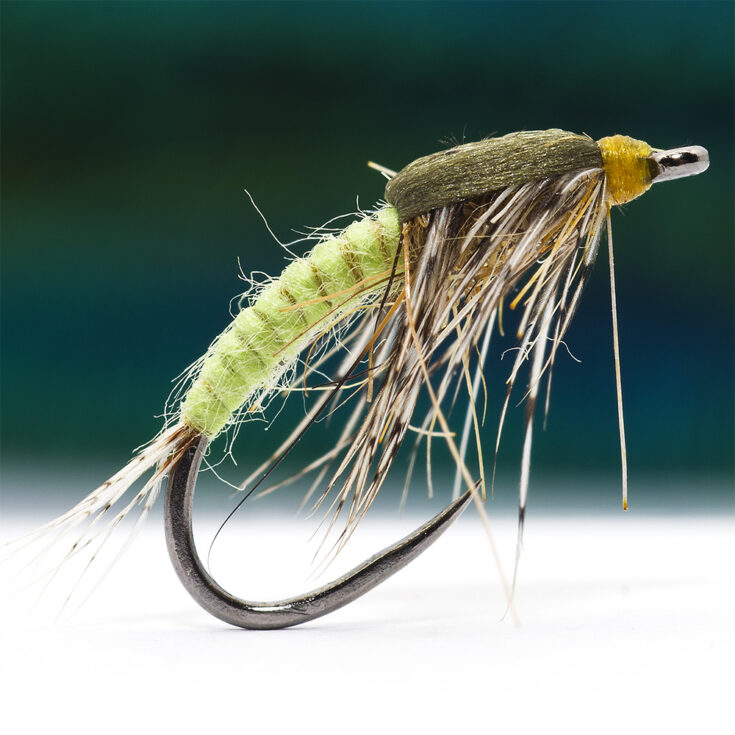
Today, I’m excited to introduce a fly perfect for late May, when the waters are warmer, and the fish start searching for Mayflies. I tie this pattern on #14 and #16 hooks, using slightly curved models like the Demmon 603 ( for more anatomic appearance). I enjoy creating it in various patterns, adding a light weight to enhance its versatility.
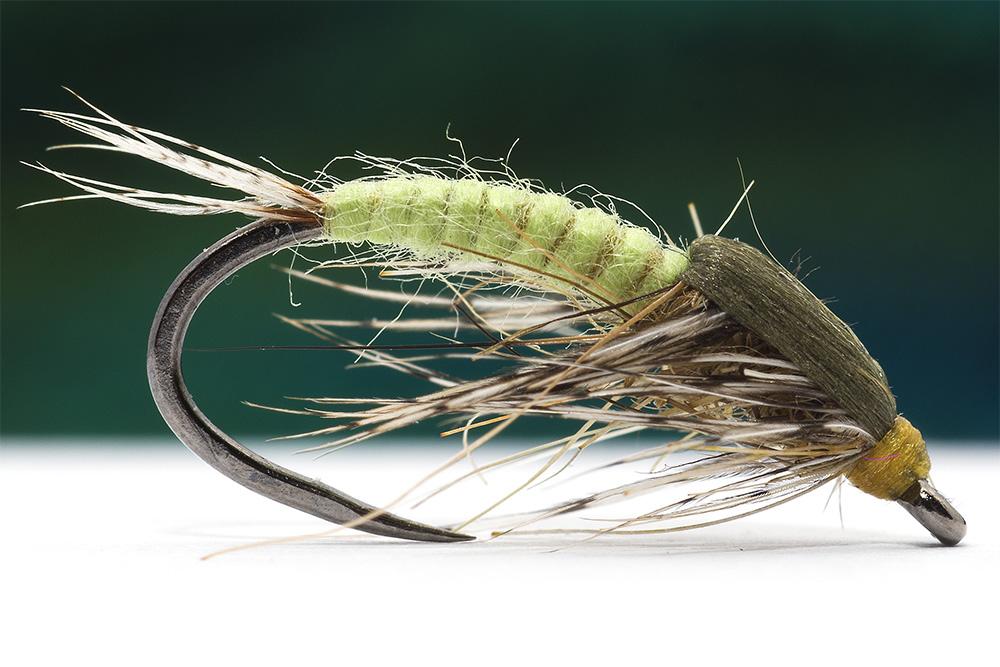
I prefer fishing it with a dry fly rod, and my favourite technique is Pêche à vue (sight nymphing). This fly also performs exceptionally well in other colors, such as brown, dark olive, or yellow. Unfortunately I don’t have time to fish as much as I would like, otherwise I would have a box full of this fly 🙂
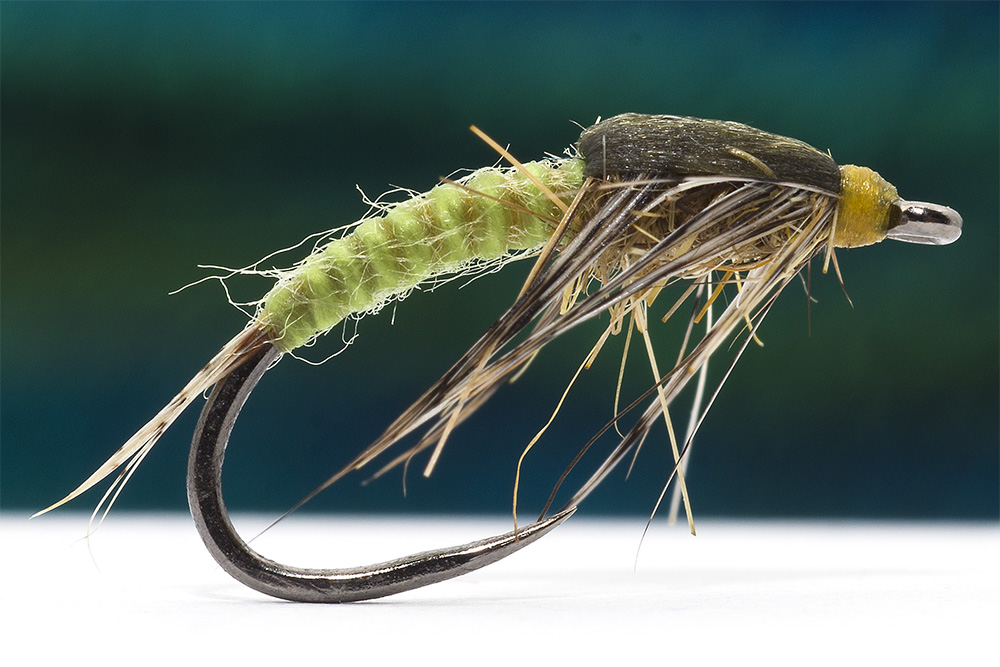
Tying Tips:
- Avoid overloading the hook with too much lead or tungsten wire. The fly should move naturally in the water, sinking slowly and drifting easily with the currents.
- Keep the body slim. The insects you’re imitating are fine and delicate, so a thinner body is more realistic.
- Use an appropriate thread for the underbody. Avoid black thread, as it can negatively affect the appearance once wet. While a dry fly might look perfect when tied, a black underbody can give it an ineffective shade when submerged.
Recipe:
- Hook: Demmon 603 #14-16
- Thread: Sumo 50DEN
- Weight: Tungsten wire
- Body: Mojo Yarn
- Tail: Partridge
- Back: Body Thread in dark olive or brown
- Thorax: Argentinian guard fur
- Legs: Partridge
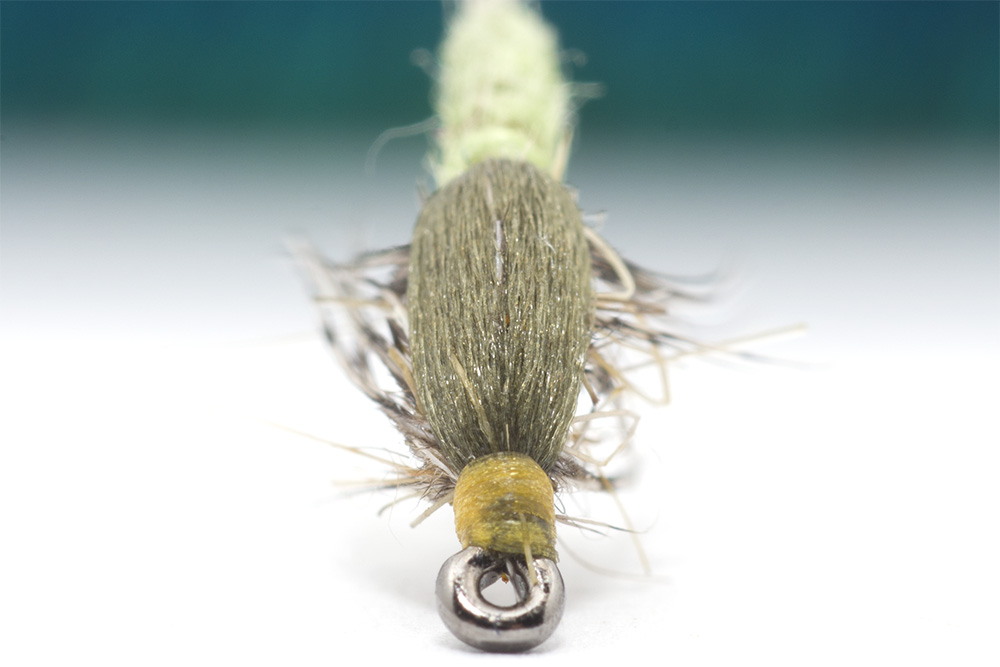
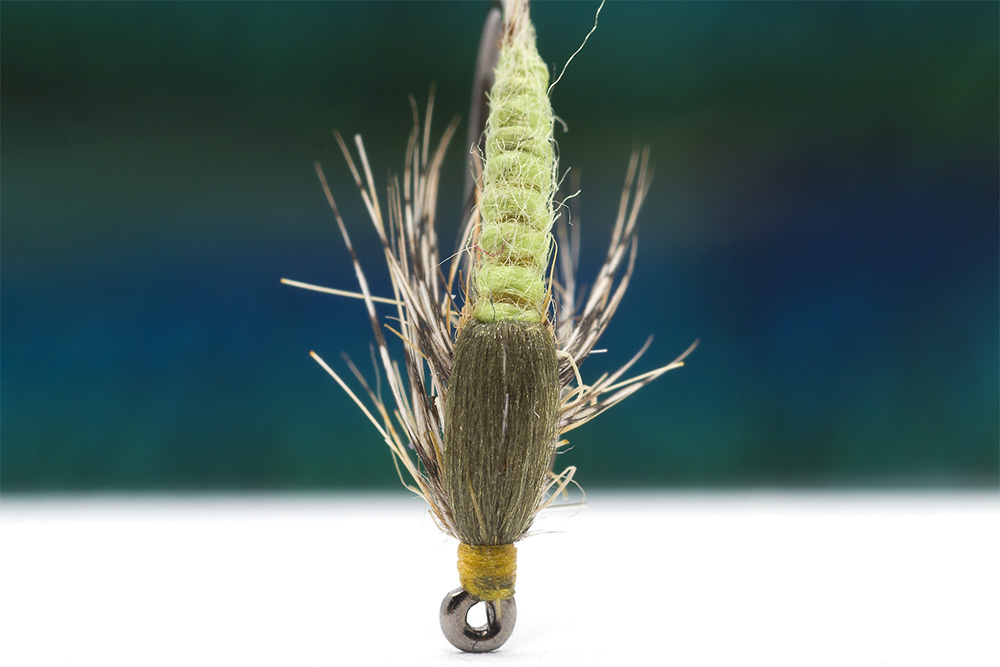
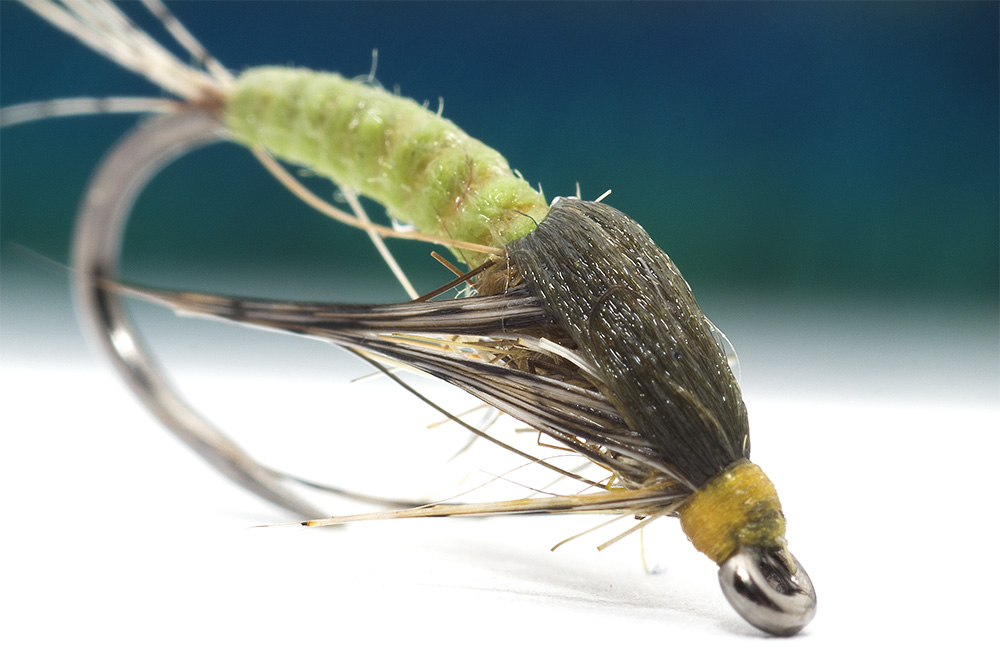

January 20, 2025
I would like to see the details for constructing the back (wingcase) of the fly using body thread. One question, for example, is how many strands of thread are required for the fly?
January 20, 2025
Hi Bruce,
I’ll take a few photos tomorrow to show you the process.
As for how many strands of thread I use—it depends on the size of the fly and the thickness of the thread. The larger the fly, the more strands I might use, but it varies.
I prefer using thread for the back (wingcase) of the fly because it’s thin, durable, widely available in many colors and shades, affordable, and easy to work with. Compared to pheasant barbs, which are commonly used for wingcases, thread doesn’t snap no matter how hard you pull. Plastic strips and foils, on the other hand, tend to be too thick for a natural look.
That’s why I find thread to be an excellent material for this purpose.
Let me know if you have any other questions!
thank you!
January 20, 2025
Oh, I almost forgot! I published a video on my YouTube channel—check it out! 🙂 In the video, I rotate the fly so you can see it clearly from all angles. 😊